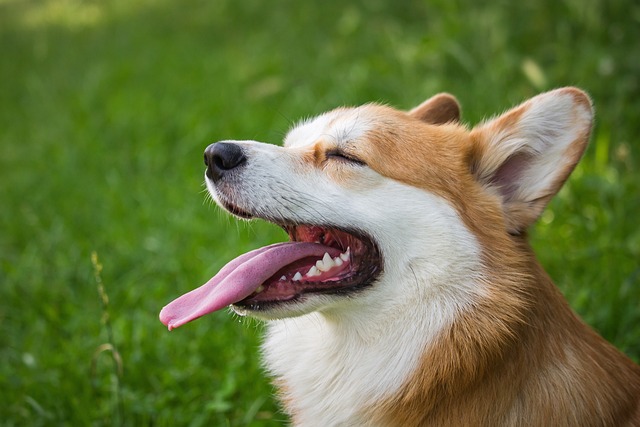
What vitamin is good for dogs' skin
Seeing your dog constantly scratch or noticing dry, flaky skin can make you wonder if a simple vitamin might be the solution.
If you've ever found yourself vacuuming dog hair off your couch for the third time this week, you're not alone. Shedding is a natural process for dogs, but that doesn't make it any less frustrating. While regular brushing and baths help, they don't always solve the problem completely. The truth is, shedding is influenced by factors beyond grooming—like diet, environment, and even your dog's stress levels. Understanding these can help you tackle the issue at its root.
Let's start with diet because what your dog eats plays a bigger role in shedding than most people realize. Omega-3 and Omega-6 fatty acids are essential for a healthy coat, and deficiencies can lead to excessive shedding. Look for high-quality dog foods with fish oil, flaxseed, or even a splash of coconut oil mixed in. Some lesser-known options, like adding a spoonful of plain Greek yogurt or a raw egg (occasionally), can also boost coat health. Just remember—sudden dietary changes can upset your dog's stomach, so introduce new foods gradually.
Your home environment might be another hidden culprit. Dry air from heating systems in winter can make your dog's skin flaky, leading to more shedding. A humidifier can help, especially in colder months. Allergens like dust or certain cleaning products might also irritate your dog's skin. Try switching to pet-friendly cleaners and washing your dog's bedding weekly. And don’t overlook stress—yes, dogs shed more when anxious. If your pup seems restless, more playtime, puzzle toys, or even calming supplements (like CBD for pets) could make a difference.
Combining diet and environmental tweaks creates a powerful shedding-reduction strategy. For example, feeding a salmon-based diet while using a humidifier can lead to noticeable improvements in just a few weeks. Another tip? Regular, gentle brushing with the right tools—like a deshedding rake for double-coated breeds—can catch loose fur before it ends up on your floors. Consistency is key; small daily efforts add up over time.
While shedding is normal, excessive hair loss could signal health issues like allergies, hormonal imbalances, or skin infections. If your dog is scratching constantly, has bald patches, or the shedding suddenly worsens, it’s time to see the vet. Otherwise, with the right mix of nutrition, environment, and care, you can keep the fur tumbleweeds at bay—and enjoy a cleaner home and a happier, healthier dog.

Seeing your dog constantly scratch or noticing dry, flaky skin can make you wonder if a simple vitamin might be the solution.

If you’re a new dog parent in the US—maybe you’re sitting on your Portland apartment couch, staring at your 1-year-old Australian Shepherd

If you’re a new dog parent in the US—maybe you’re sitting on your Atlanta apartment floor, holding your 6-week-old Beagle puppy, Daisy, who’s curled up in your lap

If you’re a new dog parent in the US—maybe you’re standing in your Denver apartment’s kitchen, staring at a bag of high-quality puppy kibble and a bottle

Seeing your puppy grow daily is amazing, and it’s natural to want to give them every advantage, including supplements.

Brown stains on white dog fur aren’t just unsightly—they can also hint at underlying issues like tear duct irritation or poor grooming habits, which matter even more when you’re following local pet care laws.